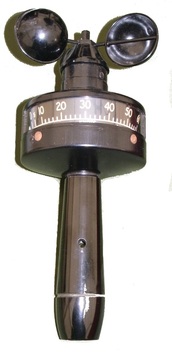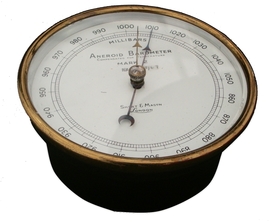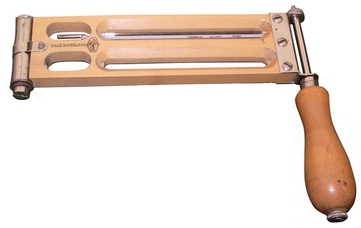METEOROLOGICAL OBSERVATIONS (METAR)
In order to supplement or, in the case of large scale disruption of communication, to replace the meteorological service provided for Sector Controls and Strike Command by the Meteorological Office, all posts would have reported weather observations. These observations were known as METAR observations and consisted of two kinds;
1. METAR ALPHA: Certain posts were equipped with instruments which enable them to produce detailed weather observations. Observations recorded by METAR ALPHA posts included the noting of;
- Atmospheric pressure
- Outside temperature
- Wind direction
- Wind speed
- Visibility
- Observation of present weather
- Amount of cloud cover
- Predominant cloud type
- Estimate of cloud height
2. METAR BRAVO: The remaining posts and controls that wern't undertaking METAR ALPHA observations undertook less detailed observations which included the noting of;
- Wind direction
- Wind speed
- Visibility
- Observation of present weather
- Amount of cloud cover
- Predominant cloud type
- Estimate of cloud height
|
This document which was published in the ROC Journal in Feb 1970 aims to explain the use of meteorological equipment for recording weather conditions for the ROC.
| ||||||
METAR (ALPHA) EQUIPMENT
The following equipment was only used by posts undertaking the more detailed METAR ALPHA weather observations only.
Anemometer

The Anemometer is used to to determine the wind speed in Knots.
Held into the air, the wind speed pushes 3-cups on the top of the device. The faster the wind speed then the greater the rotational force and so a greater wind speed is recorded on the device.
Held into the air, the wind speed pushes 3-cups on the top of the device. The faster the wind speed then the greater the rotational force and so a greater wind speed is recorded on the device.
Aneroid Barometer

The Aneriod Barometer is used to to determine the atmospheric pressure. The pressure is read directly from the instrument in millibars. As the air pressure increases or decreases then the reading on the barometer will increase or decrease as a result.
Whirling Frame Psychrometer

The Whirling Frame Psychrometer is used to determine the outside temperature. It is used by spinning the device at least 10-times and then reading the scale of the thermometer.